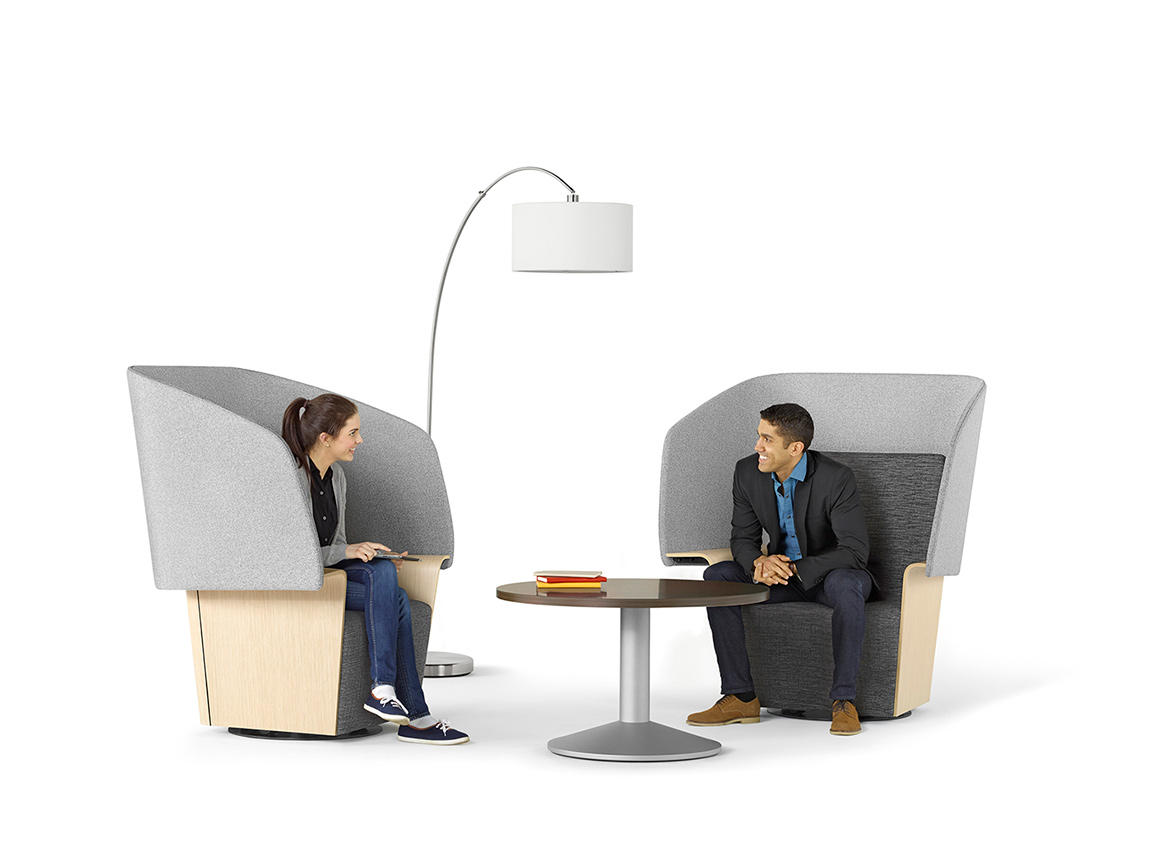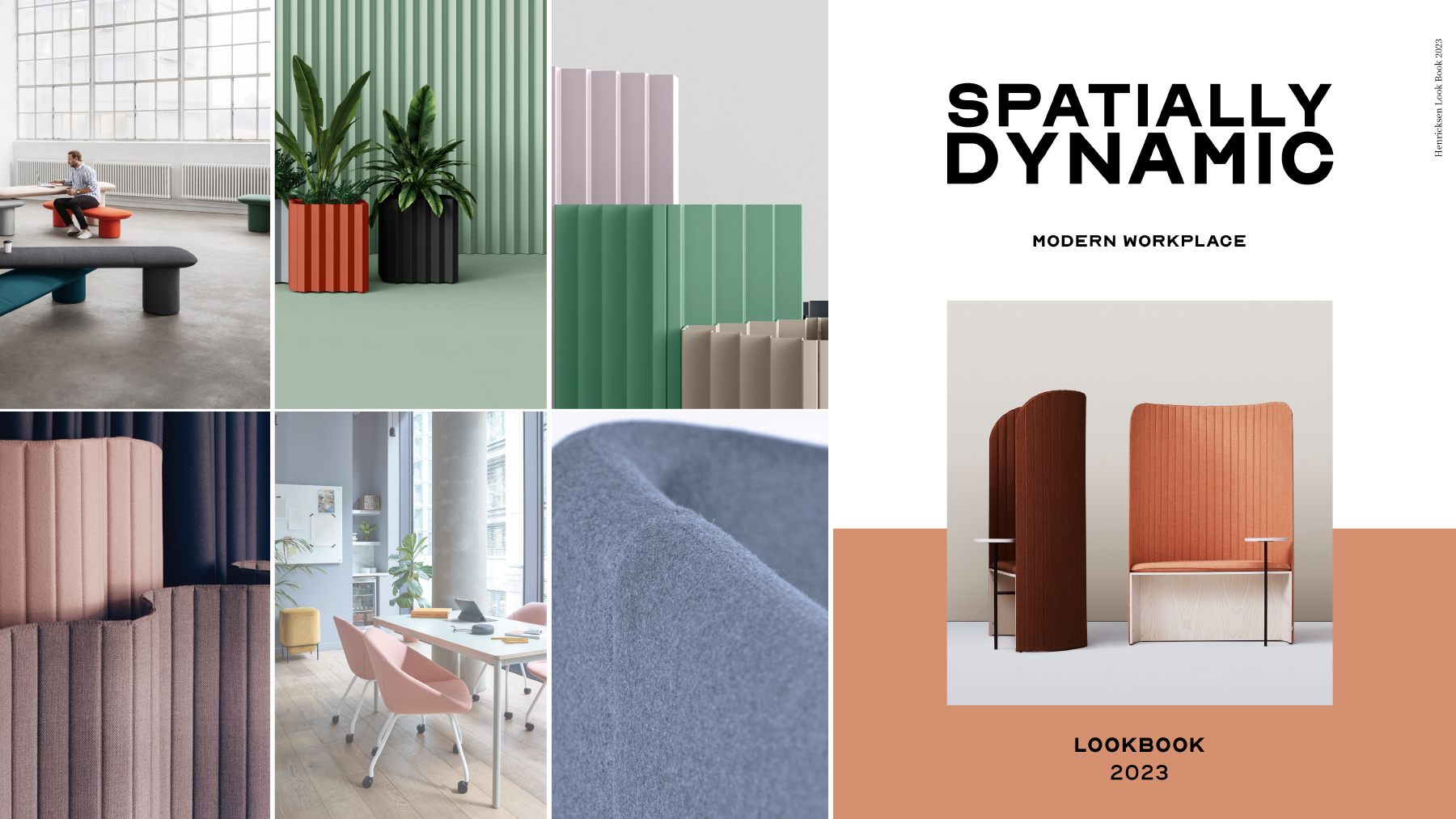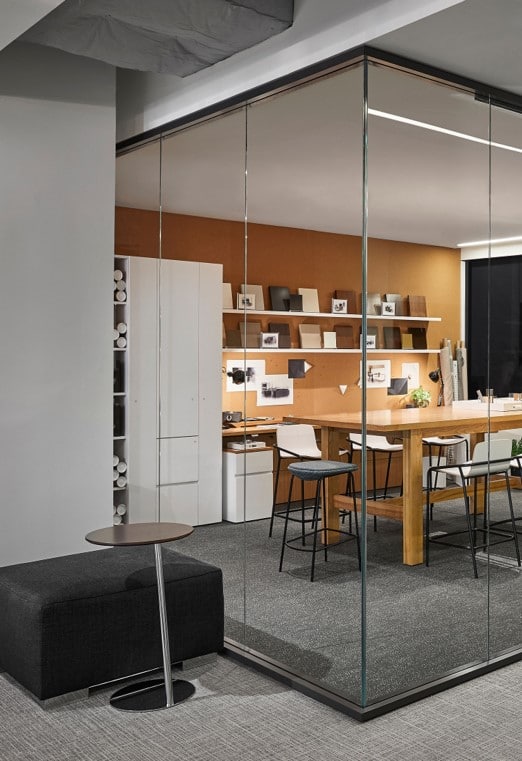An office isn’t just a place you go to work.
Your office should be a place of inspiration and motivation. It should support innovation, conversation, collaboration. A place where you feel comfortable enough to be creative.

Office design is about more than creating an environment that provides all the furniture and equipment to support the various types of work tasks. Great office design goes beyond the physical, practical concerns and takes into account the psychological and emotional well-being of the people who will be using the space.
You might not have the budget of a Google, Facebook or other trendsetting organization but there’s no reason that your office design has to be anything less than inspirational.
Here are just a few tips to help you think about what will make your office the kind of space employees love to be in.
Even if you’re not designing a new office space, but are contemplating a makeover, these tips will be helpful. These suggestions are a great starting point, but we’d love for you to contact our very talented team of account executives and designers for more ideas!

- Design in keeping with your culture:
Every organization has its own unique culture. You could describe it as ‘personality.’ Great office design recognizes and celebrates those factors that make you different from your competitors. Often it’s these, sometimes very subtle, defining characteristics that attract your best client and vendor partnerships! It’s also what attracts and retains top talent and helps build team spirit within the organization. Take some time to work with your team to define in words and images what your culture looks and feels like. - Observe the office dynamics:
The best way to figure out the best layouts and designs is to observe how your team uses space. How do they interact? Where are the sticking points in traffic flow? Where are the obstacles to collaboration? What is working? What isn’t? What are common complaints among employees? Observing with these factors in mind for a week or two will give you insights you might not otherwise gain. Sometimes we see things on a regular basis without actually ‘seeing’ them. - Remember it’s not all or nothing choices.
The debate about open plan versus private space has been lively over the past few years. But who says it has to be all or nothing? There are a multitude of ways of accommodating both concepts within your office.To make better, more efficient use of space, office designers aim at creating a good balance that achieves that goal without making employees feel like nomads. It’s true that way we work has become much more flexible. It’s not practical in many instances to have a single workstation ‘belonging’ to a single employee. Some employees only require a ‘touch down’ space. Some tasks require individual space, while others must be done in a collaborative setting.The key is to re-think space as ‘we’ space, not ‘me’ space, giving people the freedom to work where the task is best done rather than being limited to a single desk within the office. It’s very possible to have a layout that provides both focused work zones and team work zones. Think in terms of ‘quiet’ and ‘noisy’ zones. Noisy zones are ideal to stimulate conversation and collaboration so necessary to brainstorming. Quiet zones are ideal for those times when you need to focus and concentrate with minimal distraction. - Productivity levels are directly impacted by office design.
Office design impacts productivity by as much as 20%. The way employees feel about and perceive the work environment is reflected by how well they’re able to work within it. The tangible, physical layout, furniture and equipment exert a psychological effect that is manifested by productivity levels. - Office design that inspires and motivates helps to make work meaningful.
Work/Life balance used to be what we would all strive for as technology began to blur the lines between work and personal time. Now, younger generations entering the workforce see everything as part of a cohesive whole. Work is life, life is work. They’re not necessarily looking for more personal time, they’re looking for greater meaning in what they do. They see work as an integral thread through their lives and want to not just enjoy it, but feel that what they do makes a difference to the world.They see their post college lifestyle as being an extension of student life where work and play are inextricably intertwined. It’s all ’their life.’ Seeing work in this way helps to inspire greater innovation, creativity and productivity. People tend to do their best because they choose to and are inspired to, rather than because they’re given a specific task with a set goal by their boss. While older generations may still regard work as separate to their personal lives, the fact is that the more employees like their work environment, the happier they’ll be. The happier they are, and the better they get along with their co-workers, the more productive they’ll be. - Design around light:
Access to natural light is a human right. Natural light is essential to quality of life. It has a significant impact on people, both physiologically and psychologically. Natural light stimulates serotonin production. Serotonin is the chemical responsible for ‘happy’ feelings and for keeping us awake and alert. Lack of light suppresses serotonin production and stimulates melatonin production. Melatonin is the ‘sleepy’ chemical that our body needs in order to sleep at night. This naturally leads to a loss of energy and motivation which is obviously bad for productivity at work. Most office designers emphasize the need for everyone to have adequate access to natural light. Removing cubicle walls, using movable glass walls and more open plan space are all ways to achieve this. - Design with visual stimulation in mind.
We are visual beings. What we see has a tremendous impact on our psyche. This is why office design should always be visually pleasing as well as practical. Color choice is an important part of your design. Choose colors that fit with your corporate culture, the type of work being done and the desired results.Visual representations of the organization’s culture are also important.Creating spaces where employees can display their hobby projects helps reinforce the message that they are valued and their extracurricular achievements are appreciated as much as their work achievements.
We hope that these tips will help spark your imagination as you think about your office design. We’ve touched on just a few of the important factors here, there are many more you’ll want to consider. Remember that we are here to help you with advice and suggestions as you strive for the kind of office where your employees will love to be!
More on this topic:
https://www.nytimes.com/2016/02/28/magazine/the-post-cubicle-office-and-its-discontents.html
https://www.gensleron.com/work/2014/2/4/reinventing-the-workplace-rework.html
https://www.gensler.com/design-forecast-2015-the-future-of-workplace?q=productivity
https://www.inc.com/ss/jessica-stillman/10-office-design-tips-foster-creativity
https://www.lifehack.org/articles/productivity/15-office-design-tricks-that-will-increase-your-productivity-work.html




